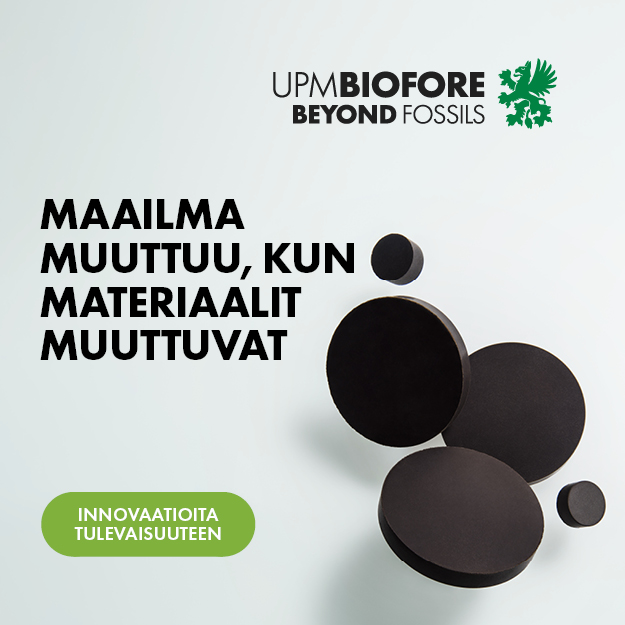A digital twin can mean a number of things. It can be a 3D model of a single detail or a copy of an entire machine, enabling virtually assisted reality or simulation to optimise performance.
“Mill digital twins operate on a cloud platform, which makes it possible to scale up new use cases to several factories on short notice,” says Process Genius Oy CEO Jani Akkila.
Process Genius and Stora Enso developed digital twins to improve daily ERP decision-making by presenting key information visually. Digital twins were first tested in one factory. When it was established that they work, they were scaled up on several Stora Enso mill sites in Finland and abroad. Digital twins are used to get a clear understanding of the situation in a factory at any given time, and to determine what needs to happen next. They also indicate if any parts of the process are behind schedule. It is important to understand why the current situation is what it is. Accurate and readily understandable information about the operations help raise decision-making to a new level.
“The easier it is to get the information, the better the decisions will be. If the decision-makers do not understand the content of the data they see, they cannot decide the most suitable actions,” says Marko Yli-Pietilä, Head of Smart Operations, Stora Enso.
“Previously we had to read through hundreds of rows of reporting data, but now it’s enough to take a quick look at the digital twin to get an idea what’s going at the factory,” says Tomi Pällo, safety manager at Stora Enso’s Lahti mill.
Process Genius’s Jani Akkila says that in developing the product, the company’s focus was on the customer benefit. Only key information is presented visually in daily management. Other systems, of which there could be 50 different types in use in a factory, are not replaced; instead, a real-time production snapshot is made available to all personnel. According to Akkila, this allows personnel to work with up-to-date and accurate data.
Process Genius was established in 2012, and the company launched its operations in 2014, focussing solely on its core activities. The company’s business is evenly distributed across four industries. The largest segment by far is the process industry, namely pulp, paper and energy, but the engineering, food and real estate industries are also growing. More than 50 per cent of the user IDs are abroad, indirectly through large customer accounts.
“We have prioritised the customer benefit by developing, in particular, the user experience and automation. All of this can now be utilised even more cost-effectively in terms of technical performance and scalability. Our most recent contracts were concluded in the Netherlands, Germany, Poland and Sweden,” says Akkila.
Text Leif Lindberg




